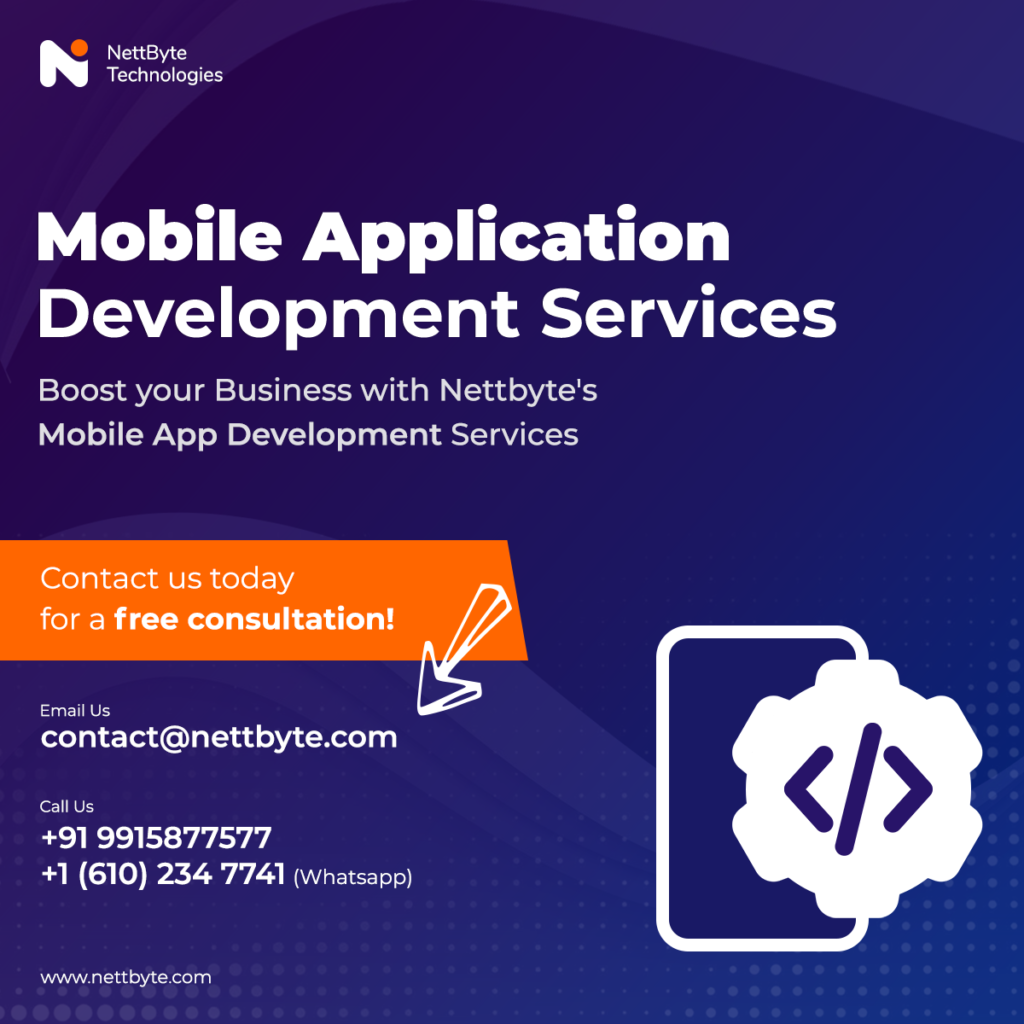In the digital age, a company’s online presence can make or break its success. As technology continues to evolve, the question arises: “Should I spend on website designing these days?” The answer is not a simple yes or no; it depends on various factors. In this article, we’ll delve into the reasons for investing in website design, explore the cost management aspects of redesigning, and outline key considerations before embarking on a redesign journey.
Investing in Website Design: Why It Matters:
1. First Impressions Count:
Your website is often the first interaction customers have with your brand. A well-designed, visually appealing website creates a positive first impression, fostering trust and credibility.
2. User Experience (UX) Matters:
A user-friendly website enhances the experience for visitors, making navigation seamless and content consumption easy. A smooth user experience leads to longer visits and higher engagement.
3. Mobile Responsiveness:
With a significant portion of internet users accessing websites on mobile devices, having a responsive design is crucial. A mobile-friendly website ensures your content is accessible to a broader audience.
4. Search Engine Optimization (SEO):
Search engines favor well-designed, user-friendly websites. A website with clean code, fast loading times, and intuitive navigation is more likely to rank higher in search results.
5. Brand Consistency:
Your website is a reflection of your brand identity. Consistent branding across all pages builds brand recognition and reinforces your company’s message.
Managing Redesign Costs:
1. Define Your Goals:
Before diving into a redesign, outline your goals. Are you looking to enhance user experience, increase conversion rates, or update your brand image? Clear objectives will guide the redesign process.
2. Budget Allocation:
Allocate a realistic budget for the redesign. Consider factors like design, development, content creation, and potential ongoing maintenance costs.
3. Prioritize Features:
Determine which features are critical for achieving your goals and which ones can be added later. Prioritizing features can help you manage costs effectively.
4. In-House vs. Outsourcing:
Decide whether to handle the redesign in-house or outsource it to professionals. Outsourcing can save time, ensure quality, and allow your team to focus on core business activities.
Key Considerations Before Redesigning:
1. Analyze Current Performance:
Assess your current website’s performance metrics, including traffic, bounce rates, and conversion rates. Identify pain points and areas that need improvement.
Custom Software Development
2. Understand User Behavior:
Use tools like Google Analytics to gain insights into user behavior on your website. Understand how visitors navigate through your site and where they drop off.
3. Competitive Analysis:
Study your competitors’ websites to identify design trends, functionalities, and features that can enhance your own site’s performance.
4. Content Strategy:
A redesign is an opportunity to refresh your content strategy. Analyze which content is performing well and update or eliminate outdated information.
5. SEO Strategy:
Consider how a redesign might impact your SEO efforts. Plan for URL redirects, optimize metadata, and maintain the SEO value you’ve built over time.
In Conclusion:
Investing in website design can be a game-changer for your business, enhancing user experience, boosting brand credibility, and improving search engine visibility. When considering a redesign, it’s important to set clear goals, allocate a reasonable budget, and prioritize features based on their impact. Analyze your current website’s performance, understand user behavior, and conduct competitive research before embarking on a redesign journey. By carefully evaluating your needs and aligning your strategy with your business goals, you can make an informed decision about whether to invest in website designing in today’s digital landscape.







